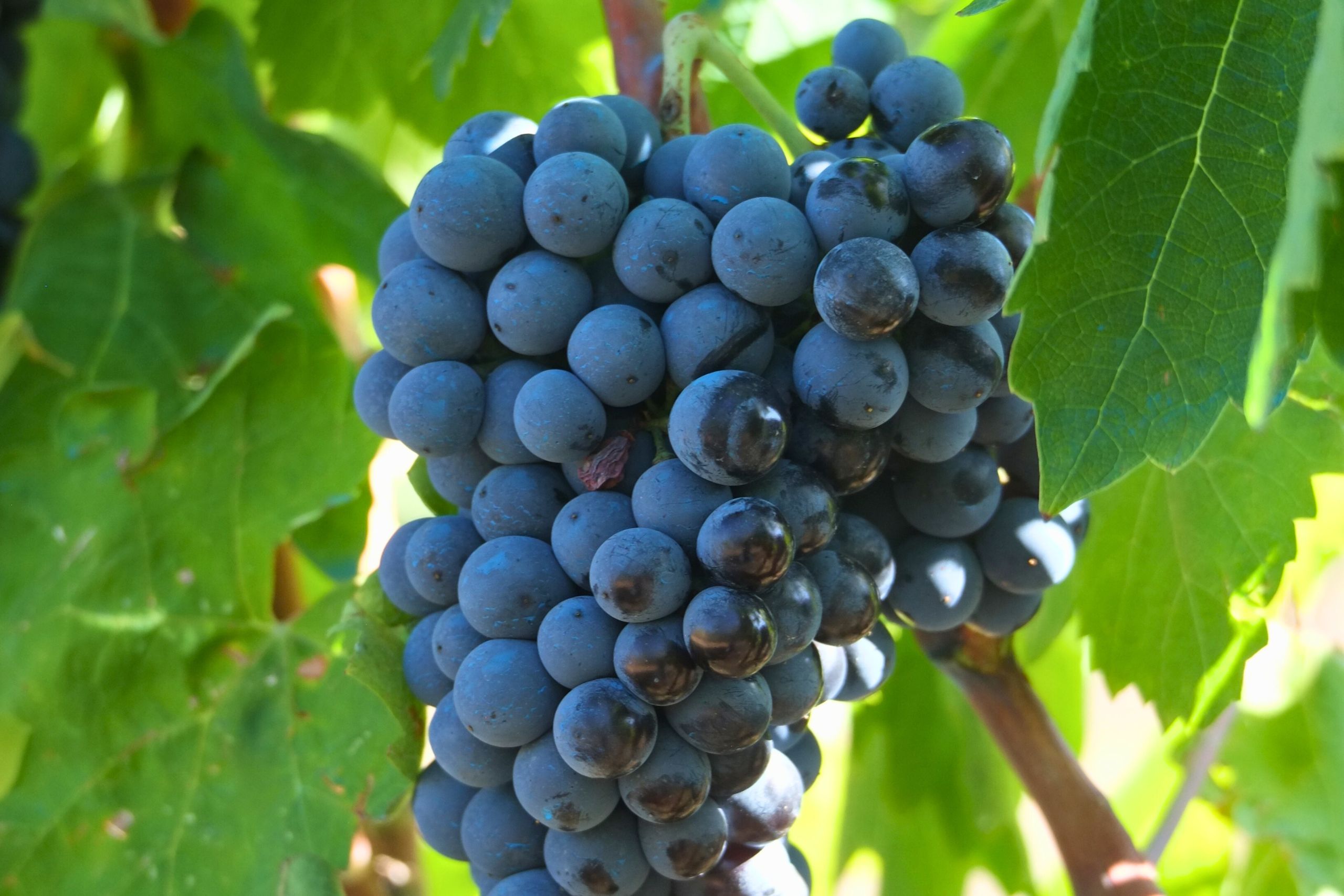Carignan, also known as Samsó, is a variety of red grape widely cultivated throughout the world and one of the most important varieties in the production of Priorat wines. It is believed to have originated in the town of Cariñena, in Aragon, and was later brought to other areas of the Mediterranean and the New World.
In Priorat, it is estimated that Carignan arrived around the 12th century with the settlement of the Carthusian monks at the foot of the Montsant mountain range. They were the ones who developed viticulture in the area and laid the foundations for the creation of what is now the Priorat Qualified Designation of Origin.
Distinctive features
Carignan is a robust vine that produces compact and large grapes, blackish blue in color and with many leaves. It is a very fertile plant and therefore very productive. However, the poor soils of Priorat favor the expression of its best characteristics and avoid the excess bitterness that grapes can give in more fertile lands. Its sprouting is late, which protects it from spring frosts, and it ripens in mid- or late season. It resists drought and winds very well but is sensitive to fungal diseases such as powdery mildew and, to a lesser extent, downy mildew.
Base for full-bodied and balanced wines
This variety gives rise to a must with a high content of sugars and astringent tannins, with herbaceous aromas. These characteristics translate into quite alcoholic wines, with body and high acidity, which gives it good structure and aging capacity.
These are wines that work very well in coupage because they provide structure, power, acidity and tannins, thus complementing other varieties such as Grenache or Cabernet Sauvignon. The Maius Barranc de la Bruixa is a great example.

